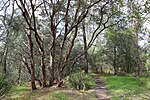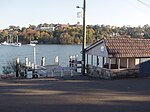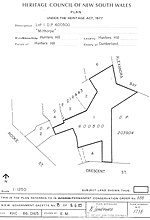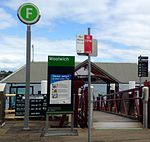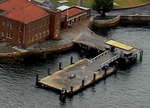Marist Sisters' College, Woolwich
1908 establishments in AustraliaAlliance of Girls' Schools AustralasiaAssociation of Marist Schools of AustraliaCatholic secondary schools in SydneyEducational institutions established in 1908 ... and 4 more
Girls' schools in New South WalesRoman Catholic Archdiocese of SydneyUse Australian English from April 2015Woolwich, New South Wales

Marist Sisters' College, Woolwich is an independent Catholic single-sex secondary day school for girls, located in Woolwich, a Lower North Shore suburb of Sydney, New South Wales, Australia. It was established in 1908 by the Marist Sisters and has a non-selective enrolment policy which caters for approximately 1,000 students from Year 7 to Year 12.
Excerpt from the Wikipedia article Marist Sisters' College, Woolwich (License: CC BY-SA 3.0, Authors, Images).Marist Sisters' College, Woolwich
Woolwich Road, Sydney Woolwich
Geographical coordinates (GPS) Address External links Nearby Places Show on map
Geographical coordinates (GPS)
| Latitude | Longitude |
|---|---|
| N -33.8396217 ° | E 151.167159 ° |
Address
Marist Sisters' College
Woolwich Road
2110 Sydney, Woolwich
New South Wales, Australia
Open on Google Maps
